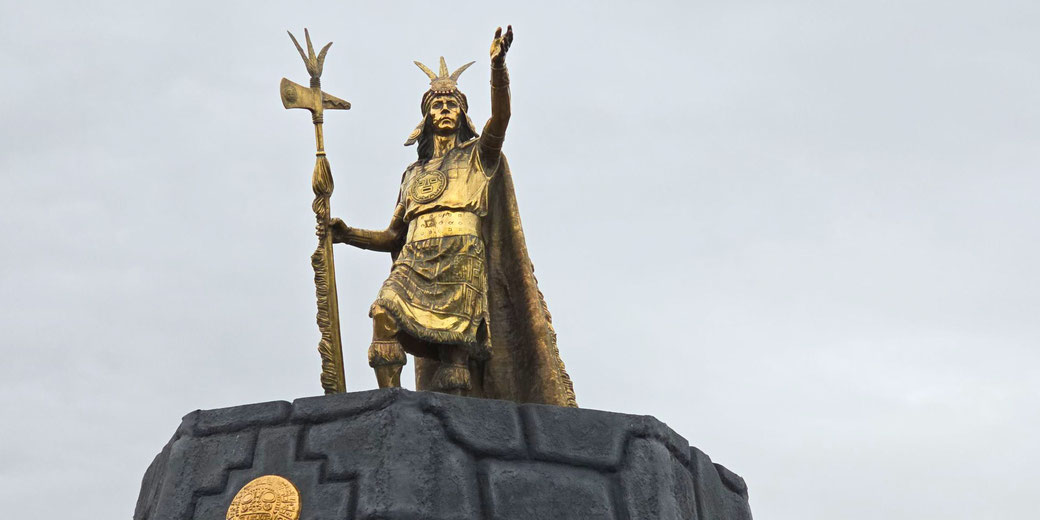How to develop research sub-questions

Once you have become familiar with your topic through your background research, you can begin to think about how to approach answering your Key Inquiry Question.
However, the Key Inquiry Question is usually too broad to answer at this early juncture.
Therefore, you need to break your Key Inquiry Question into smaller questions (called 'sub-questions') in order to answer it sufficiently.
Sub-questions are secondary questions that are related to a primary or main inquiry question and are used to break down and further explore a particular aspect of the main question.
They help to clarify the main question and provide more specific direction for the research.
How to create sub-questions
A good Key Inquiry Question can easily be divided into three separate parts which can be turned into sub-questions.
Based upon good background research, you should be able to identify the three divisions of your Key Inquiry Question.
For example:
If your Key Inquiry Question was:
Why did Martin Luther King believe that social problems could be fixed through non-violent means?
The three parts that need to be answered separately can be highlighted as follows:
Why did Martin Luther King believe that social problems could be fixed through non-violent means?
Each of these parts can be turned into three sub-questions (with the same three elements highlighted).
For example:
-
What were Martin Luther King’s beliefs about society?
-
For what social problems did Martin Luther King want to find a solution?
-
How did Martin Luther King imagine that non-violent practices could help?
The importance of good sub-questions
Spend time thinking of good sub-questions. Well thought-out sub-questions can mean the difference between an average and an excellent essay.
Good sub-questions should:
- Be 'open' questions (This means that they cannot be answered with a simple 'yes' or 'no' answer. Usually this means starting the question with: what, why, or how)
- Incorporate terms and concepts that you learnt during your background research
In answering each of your three sub-questions through source research, you will ultimately have an answer for your Key Inquiry Question.
Watch a video explanation on the History Skills YouTube channel:
Watch on YouTube
Improving your sub-questions
Even though you are required to create sub-questions at the beginning of your research process, it does not mean that they do not change.
As you begin finding sources that help answer your original sub-questions, you will find that you will need to modify your questions.
This is usually the result of discovering further, more specific, information about your topic.
Improving your sub-questions during your source research stage will result in better topic sentences and, as a result, a better essay.
For example:
If your Key Inquiry Question was:
What role did the bombings of Tokyo, Hiroshima and Nagasaki have on Japan’s decision to surrender at the end of World War Two?
An initial and simplistic set of sub-questions could be:
-
What role did the bombing of Tokyo have on Japan’s decision to surrender at the end of World War Two?
-
What role did the bombing of Hiroshima have on Japan’s decision to surrender at the end of World War Two?
-
What role did the bombing of Nagasaki have on Japan’s decision to surrender at the end of World War Two?
However, after conducting further research, they could be improved by including specific dates and historical information:
- What role did the March 9th incendiary bombings of Tokyo have on Japan's decision to surrender at the end of World War Two?
- What role did the atomic bombing of Hiroshima on August 6th have on Japan's decision to surrender at the end of World War Two?
- What role did the atomic bombing of Nagasaki August 9th have on Japan's decision to surrender at the end of World War Two?
Finally, after finding some detailed primary and secondary sources, they could be further improved by citing the role that key people played:
- How did the March 9th incendiary bombings of Tokyo motivate emperor Hirohito to become more involved in ending the Second World War?
- Why did the Japanese government not surrender after the atomic bombing of Hiroshima on the 6th of August, 1945?
- Why did Hirohito finally decide to surrender after the atomic bombing of Nagasaki on August 9th, 1945?
Test your learning
No personal information is collected as part of this quiz. Only the selected responses to the questions are recorded.
What's next?
Need a digital Research Journal?

What do you need help with?
Download ready-to-use digital learning resources
Copyright © History Skills 2014-2025.
Contact via email
With the exception of links to external sites, some historical sources and extracts from specific publications, all content on this website is copyrighted by History Skills. This content may not be copied, republished or redistributed without written permission from the website creator. Please use the Contact page to obtain relevant permission.






